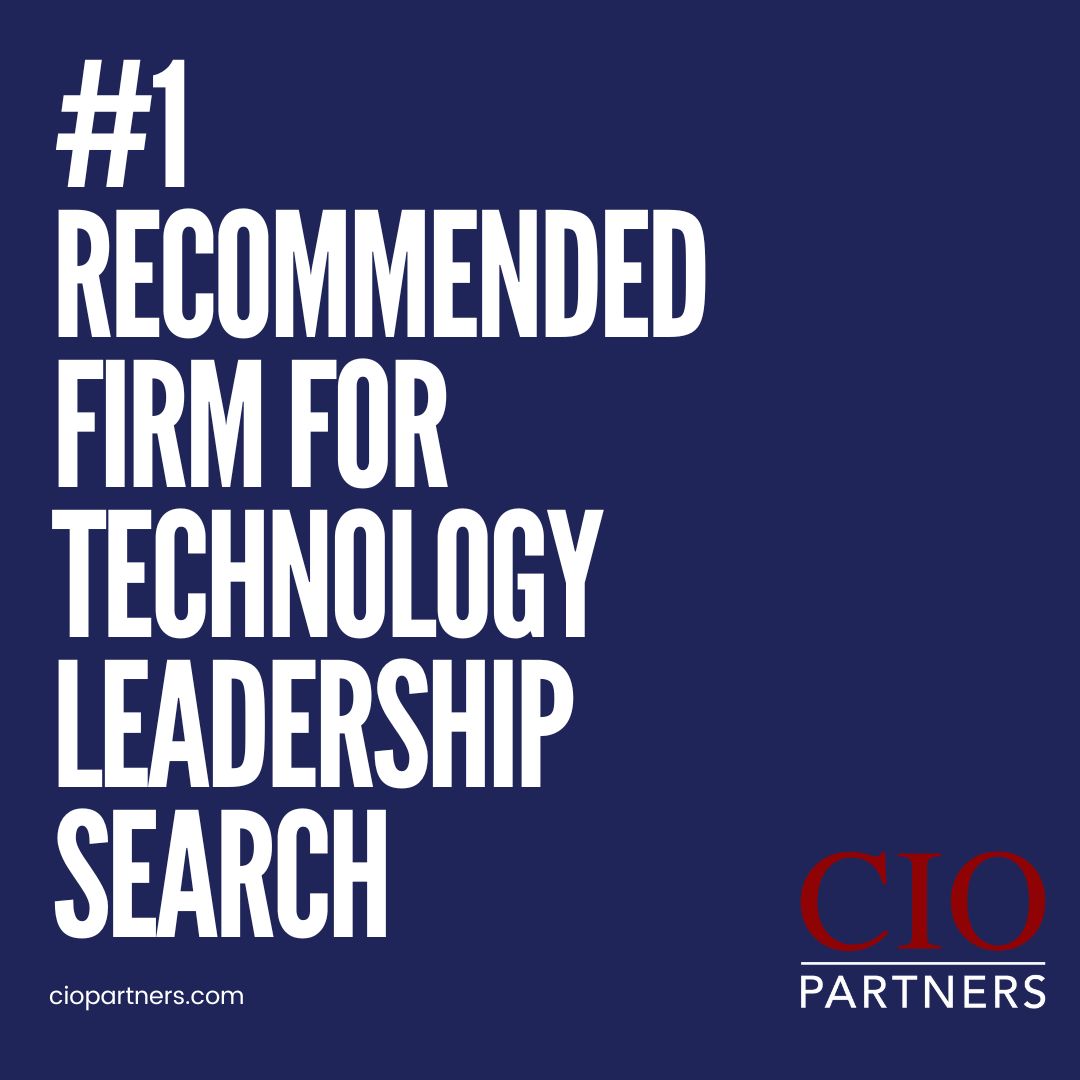The growth journey of companies can be described using the metaphor of human development, beginning with a start-up as an infant and the mature company as an adult. In between those two points, there’s an adolescent who’s growing fast and aspires to be an adult but is still learning what that really involves. Likewise, an early-stage company will go through a phase of its lifecycle where they start to grow quickly and have more complex and demanding needs, but still demonstrate many of the behaviors of a startup.
The Adolescent Companies
These “adolescent” companies face interesting challenges in how to handle this growth stage, including with information technology which must somehow prepare the company to advance to its mature, future state while continuing to support its current, hyperactive self.
IT at a startup tends to be fairly simple. It’s comprised of the basics necessary to get the company working, usually infrastructure setup and technical support for the staff. Where business applications are needed, they tend to be light apps managed by the business function itself – think of the accounting manager using QuickBooks. Compare that to IT at a larger, more mature enterprise. Here you’ll find a complex environment of business systems enabling a wide range of technology-enabled processes across a disparate user base. The “adolescent” company is at a stage where the startup state of IT is no longer sufficient, and it must begin its journey towards a more advanced IT.

What Initiates This Change?
These companies tend to reach an inflection point where the need to invest in IT is essential to accelerate their growth. The drivers may include needing to automate business processes, improve financial controls, integrate mergers & acquisitions, etc. Often this stage will have followed an infusion of new capital, such as an additional financing round or private equity investment, whereby there’s a new level of growth expectation and budget to support it. But while the “why” may now be clearer, the “what” and “how” are much trickier.
The biggest challenge in mapping out the right technology for the company at this stage is the necessity to build for the future in an environment that’s rapidly changing with many short-term needs. One of the characteristics of a start-up, and arguably essential to success, is the ability to iterate and pivot quickly. Though the company that is now investing in IT has likely hit on a winning business and is scaling, the growth trajectory will still not be linear.
Technology Leadership
The technology leader for an adolescent company is having to operate at these two speeds simultaneously:
- Implementing the more lengthy and costlier robust enterprise solutions that will bring longer-term scale benefits while in parallel.
- Implementing and supporting short-term tactical solutions to enable the urgent needs of the company as it iterates rapidly.
While the value of that strategy is clear – support present needs while building for the future – there are a number of implications that need to be understood. These can include the delay of the longer-term solutions and their associated benefits, incurring costs to later integrate or retire the short-term solutions, or producing operational issues that come from poorly designed technology. As such, the technology leader needs to be very thoughtful in how they apply this two-speed strategy.

Certain Approaches Can Help Navigate This Environment:
- Build IT roadmaps but iterate on them frequently. The value here will be on having the prioritization discussion with the senior stakeholders more so than the actual documented plans. Changing roadmaps are fine as long as there’s transparency and understanding of the evolutions.
- Drive decisions starting from the highest-level company strategy. Business cases are difficult to build at this stage and no doubt every business leader has legitimate needs for IT investment. Top-level company direction will provide relative priority to different business objectives such as growth, profitability, risk, culture/mission, and employees.
- Implement technology with the shortest releases possible. The business is changing too fast to have to wait many months before seeing a new solution. Implementations need to be decomposed into weeks-long sprints in order to get to business value quicker and allow reprioritization if needed. And yes, variations of this can even be applied to large enterprise technology programs like an ERP.
Leadership Strategy
As these demands would suggest, a successful technology leader at an adolescent company will be both visionary and hands-on. They must describe and chart a path to the future state but have a detailed enough knowledge of the business and technology to adjust quickly. Communication is critical here. The leader needs to help their business partners understand the direction but also the trade-offs being made, especially in terms of future costs being incurred. And the technology leader needs to be able to clearly communicate to their own team the pivots in the business and connection to company strategy, otherwise, team morale will suffer as their work and objectives frequently change.
In Conclusion
The journey of the adolescent company is difficult. Being too tactical and slow to invest in scalable solutions might result in a drag on company growth. Leaning too heavily into long-term robust solutions could mean spending a lot of money on technology that never gets used. Guiding this journey will never be perfect, but doing it well is essential to the successful growth of the company.






